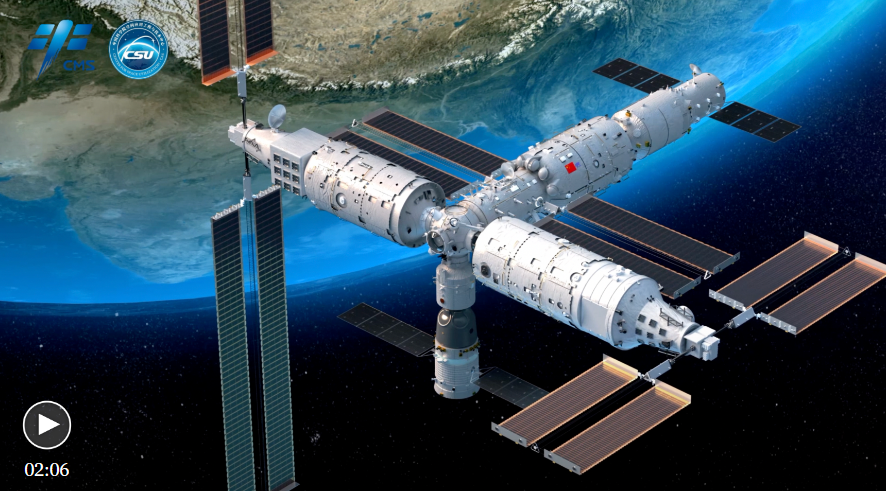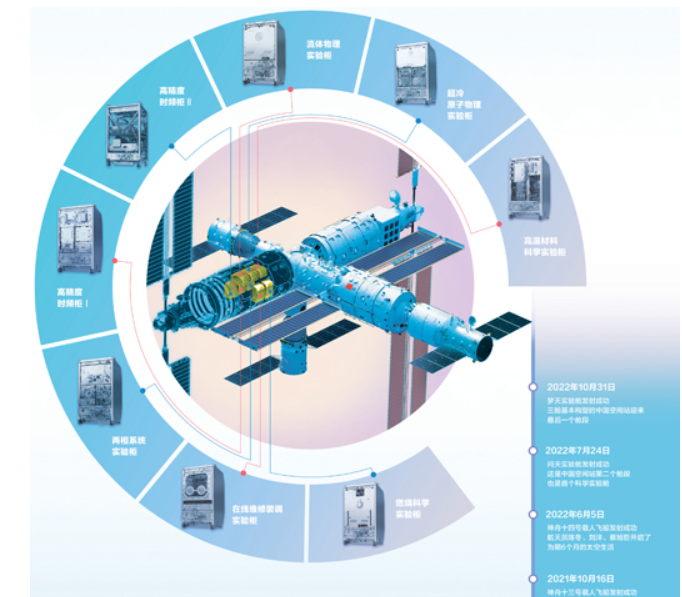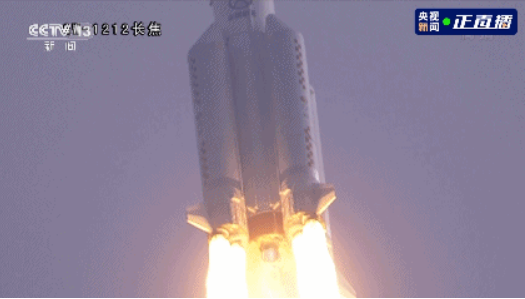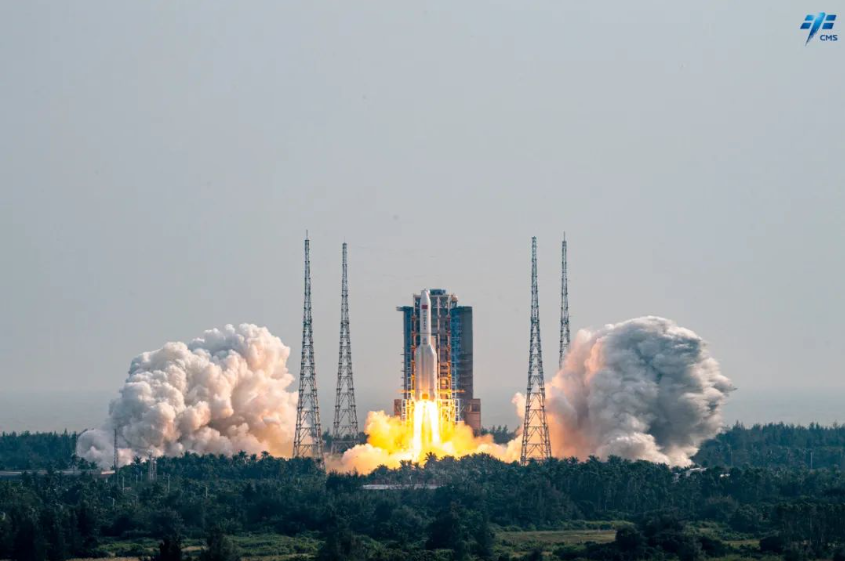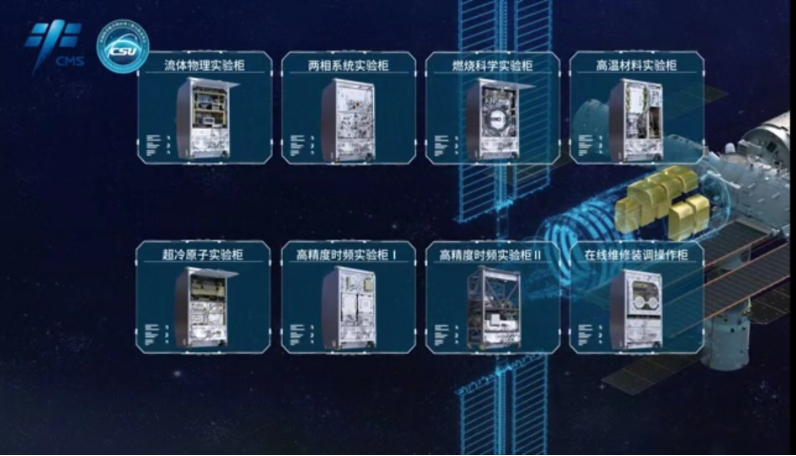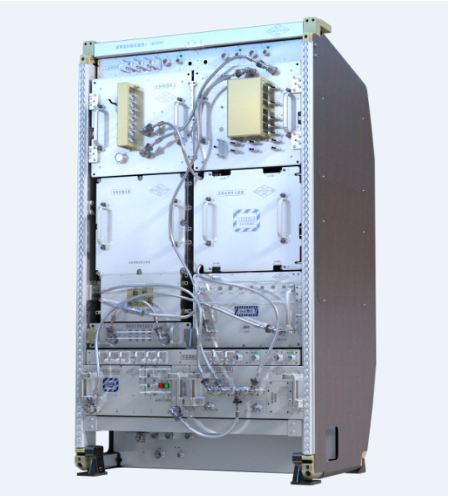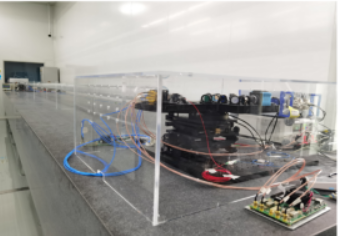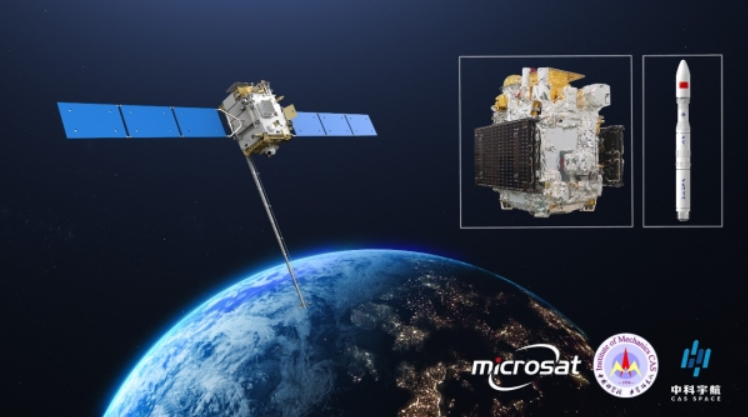IMECH in Media
-
【CGTN】What's inside the Mengtian lab module of China's space station?
Mengtian, the second lab module of China's space station, is like a physics laboratory in space, with eight cabinets that can support experiments on fluids, materials, combustion and basic physics.
"For example, the cold atomic physics cabinet supports studies of basic physics and condensed matter physics, and the temperature can be set to absolute zero – minus 273 degrees Celsius," said He Yufeng, chief designer of the Mengtian Space Application System under the Chinese Academy of Sciences (CAS).
Oct 31, 2022
-
【People's Daily】 Dream Sky Module flies into the space station (Science and technology, self-reliance and self-improvement, dreaming of deep space)
The final module in the three-module basic configuration of the Chinese space station has been launched. At 15:37 Beijing time on 31 October, the Mengtian Experiment Module was successfully launched by a Long March 5B carrier rocket from the Wenchang Cosmodrome in China. The Mengtian Experiment Module successfully entered the 400-kilometre pre-designated orbit, and after meeting and docking with the space station assembly, it still needs to be transposed according to plan, at which time it will form a three-module structure of the space station's "T" word basic configuration together with the Tianhe Core Module and the Qitian Experiment Module, taking an important step towards the goal of completing the space station.
Nov 01, 2022
-
【Global Times】Success
At 0427 CET on 1 November, the last of the three modules of the Chinese space station's main structure, the Mengtian Experiment Module (MEMTEM) and the Tianhe Core Module (TCM), successfully rendezvoused and docked. This completed the assembly of the main structure of the three modules of the Chinese space station. The Mengtian Experiment Module will then perform a planar transposition at an appropriate time, when the "T" basic configuration of the Chinese space station will be fully completed!
Nov 01, 2022
-
-
-
-
【Beijing Daily】Revealed | The space station has a clock with an error of 1 second in 3 billion years, and 8 scientific experiment cabinets are flying with Dream Sky.
Among the three modules of the space station, the Mengtian Experiment Module is mainly responsible for space science experiments. In a concerted effort, the Chinese Academy of Sciences has developed eight scientific experiment cabinets in seven fields, including an ultra-cold atomic physics experiment cabinet, a high-precision time-frequency experiment cabinet, a high-temperature materials science experiment cabinet, a two-phase system experiment cabinet, a fluid physics experiment cabinet, a combustion science experiment cabinet and an on-line maintenance and tuning experiment cabinet.
Nov 01, 2022
-
-
-
【People's Daily Online】"Power Arrow One" innovation breakthroughs highlights (Innovation Story)
Not long ago, the "Power Arrow I" solid launch vehicle successfully made its maiden flight at the Jiuquan Satellite Launch Centre. This rocket, developed by the Institute of Mechanics of the Chinese Academy of Sciences and with the participation of China Aerospace Corporation, has a take-off thrust of 200 tonnes and can send a 1,500-kilogram payload to a 500-kilometre sun-synchronous orbit, making it the solid launch vehicle with the highest thrust in China.
Sep 05, 2022
